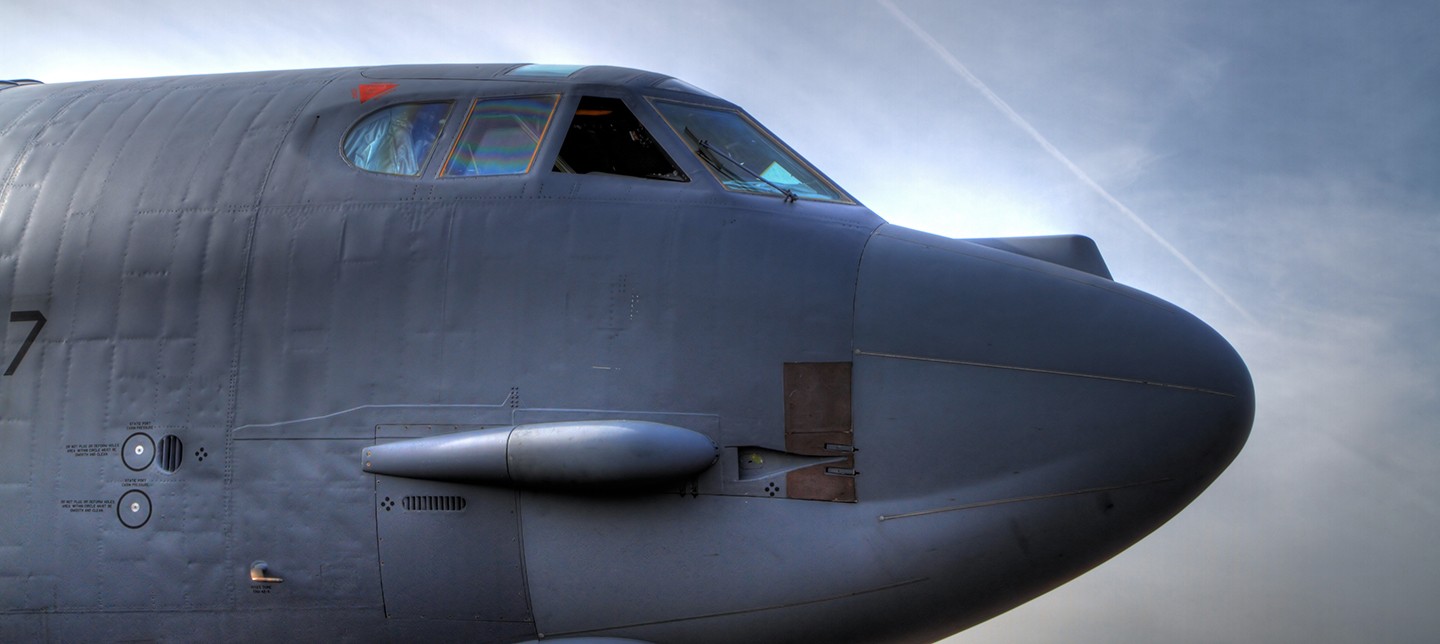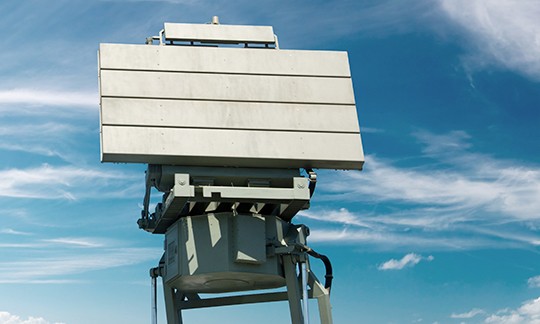
Will the B-52 Ever Become Obsolete?
BUSINESS INSIGHT
AEROSPACE AND DEFENSE | 5 MINUTE READ
Test engineers must proactively manage obsolescence to design the next generation of modern-day aircraft.
Celebrating its 70th anniversary this year, the Boeing B-52 Stratofortress first took off in 1952—and probably won’t reach retirement any time soon. Many believe the B-52 will still be in service for its 100-year milestone; the long-range, subsonic bomber used by the United States Air Force is expected to remain in service through the 2040s. Can we expect a similar tenure from the Lockheed Martin F-35 Lightning II, one of the U.S. Air Force’s newest fifth-generation fighter aircraft? The F-35 took its first flight in 2006 and has held strong for 15 years. But more innovation is on the horizon even with classics still in the league. Now, there are sixth-generation jet fighters such as the BAE Systems Tempest, which is currently under development in the United Kingdom.
Simply put, “out with the old and in with new” cannot exist in the aerospace and defense industry. Instead, aircraft need to be produced and supported for decades even as capabilities continuously evolve. Regardless of age, reliability is non-negotiable for mission-critical assets—they must be meticulously maintained to maximize mission readiness and perform as intended without failure.
Test engineers responsible for helping design the next generation of modern-day aircraft face the challenge of properly managing obsolescence. Just when you think you may have what you need for your test system, components in your test station may become obsolete and need to be replaced. It can be difficult to determine when and how to upgrade parts of your tester, especially while you may still need to maintain older equipment based on legacy.
We’ve found that many test engineers spend up to half of their time dealing with obsolete hardware in automated test sets (ATSs), leading to many inefficiencies. Considering a complete technology refresh for your test system from the ground up is not always feasible either—this could be a huge economic burden to the tune of millions of dollars’ worth of updates and include other risks such as lost time.
It’s impossible to avoid components becoming obsolete, so how can you design your test system as a whole with this in mind? Developing a proactive plan with a trusted test vendor like NI, instead of being reactive when market pressures call, will help you minimize costs of technology insertion and migration while mitigating risk.
Despite nostalgic ideas, the beloved B-52 is not the same as it was 70 years ago since its components have evolved through its product lifecycle—Boeing engineers looked to the future to find ways to make the aircraft more operationally relevant. For example, recently Boeing upgraded all 76 of the Air Force’s B-52 fleet with F130 engines made by Rolls-Royce North America. This engine modernization will also enable other parts of the subsystem to be upgraded, including electrical power generation sources, pneumatics, engine pods structures, cockpit displays, and digital engine controls.
A test engineer primed for managing obsolescence could develop a plan in collaboration with other teams in their organization to see how their test strategy and equipment could change with the introduction of upgrades. With test hardware, for example, new components may require new instrumentation like a cable to plug in the tester. Software can be a challenge as well. Revalidating software for a single test program set could be upward of $150,000, and there are dozens of test program sets on a single test station, which multiplies as investments add up.
The cost to rewrite a TPS due to the replacement of legacy/obsolete instrumentation in a test system is approximately $150k/TPS…Any efforts that vendors can make to smooth this transition will prove to be invaluable.
The cost to rewrite a TPS due to the replacement of legacy/obsolete instrumentation in a test system is approximately $150k/TPS…Any efforts that vendors can make to smooth this transition will prove to be invaluable.
One change can have a domino effect, and it is inevitable that aspects in your test system may need to be replaced. You may not be able to control when replacements are needed, but you can control costs over the lifespan of your programs to gain a distinct competitive advantage with modular design and interoperable software compatibility. Being able to incrementally upgrade parts and implement open, agile software architecture can help you avoid having to redesign your entire test system. Picking test platforms that will be around for a long time and that offer compatibility may be a better option than building custom, specific systems that could become obsolete quickly.
For example, advanced IR focal plane array (FPA) imaging systems used in sea, air, space, and land applications requires moving large amounts of data through high-speed interfaces, often with some protocol customization to meet a specific mission requirement. Many FPA test initiatives leverage FPGA evaluation boards or custom-designed interface boards to handle these high-speed interfaces, but these have a short product lifecycle and higher associated expense. NI’s test platform offers more flexible, sustainable testing than standard commercial off-the-shelf solutions (COTS) based solutions. NI solutions can be scaled across devices, projects, and programs, helping to dramatically lower the overall cost of test and remove the time pressure often placed on validation and production test teams. Our modular features enable engineers across the test engineering team to standardize and share best practices to accelerate program schedules and deliver capabilities on time with reduced cost and improved readiness.
Smart test engineers are already thinking years down the line about how to maintain fleets of test stations for every aircraft—whether new or old, and for every component—whether for the engine or an imaging system. With our customizable, off-the-shelf platform, NI can help you build an obsolescence plan catered to your needs, so that you make the best decision to modernize your equipment with all alternatives in mind. We’ll help you quantify the return of investment you would get by updating or migrating test systems. By reprioritizing, you can free up engineering resources to focus on new projects while improving maintenance costs and sustainability of existing systems.
Learn more about our recommendations for managing obsolescence in aerospace and defense applications.


